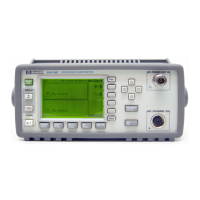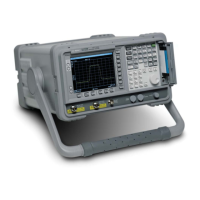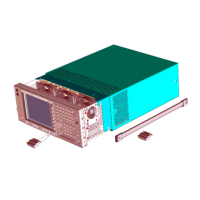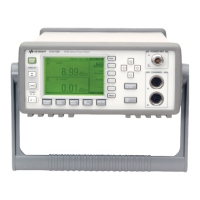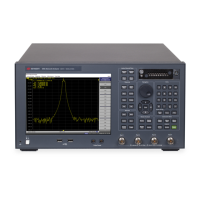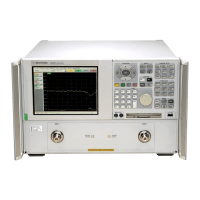Appendix C 183
COM Object Reference
SCPI.CALCulate(Ch).SELected.TRANsform.TIME. STIMulus
SCPI.CALCulate(Ch).SELected.TRANsform.TIME.
STIMulus
Object type Property
Syntax SCPI.CALCulate(Ch).SELected.TRANsform.TIME.STIMulus = Param
Param = SCPI.CALCulate(Ch).SELected.TRANsform.TIME.STIMulus
Description For the active trace of channels 1 to 4 (Ch), selects the stimulus type used for the
transformation function of the fault location function.
Variable
For information on the variable (Ch), see Table C-2, “Variable (Ch),” on page 159.
Examples Dim StimType As String
SCPI.CALCulate(1).PARameter(1).SELect
SCPI.CALCulate(1).SELected.TRANsform.TIME.STIMulus = "step"
StimType = SCPI.CALCulate(1).SELected.TRANsform.TIME.STIMulus
Related objects SCPI.CALCulate(Ch).SELected.TRANsform.TIME.TYPE on page 185
SCPI.CALCulate(Ch).SELected.TRANsform.TIME.STATe on page 181
Equivalent key [Analysis] - Fault Location - Type - Bandpass|Lowpass Step|Lowpass Imp.
NOTE When performing this operation from the front panel, you select the transformation type at
the same time.
Param
Description The stimulus type
Data type Character string type (String)
Range Select from the following.
•"IMPulse" Specifies the impulse
*1
.
•"STEP" Specifies the step
*2
.
Preset value "IMPulse"
*1.You need to select the transformation type (band-pass or low-pass) with the SCPI.CAL-
Culate(Ch).SELected.TRANsform.DISTance.TYPE object.
*2.You do not need to select the transformation type. Low-pass is selected automatically.
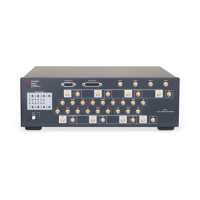
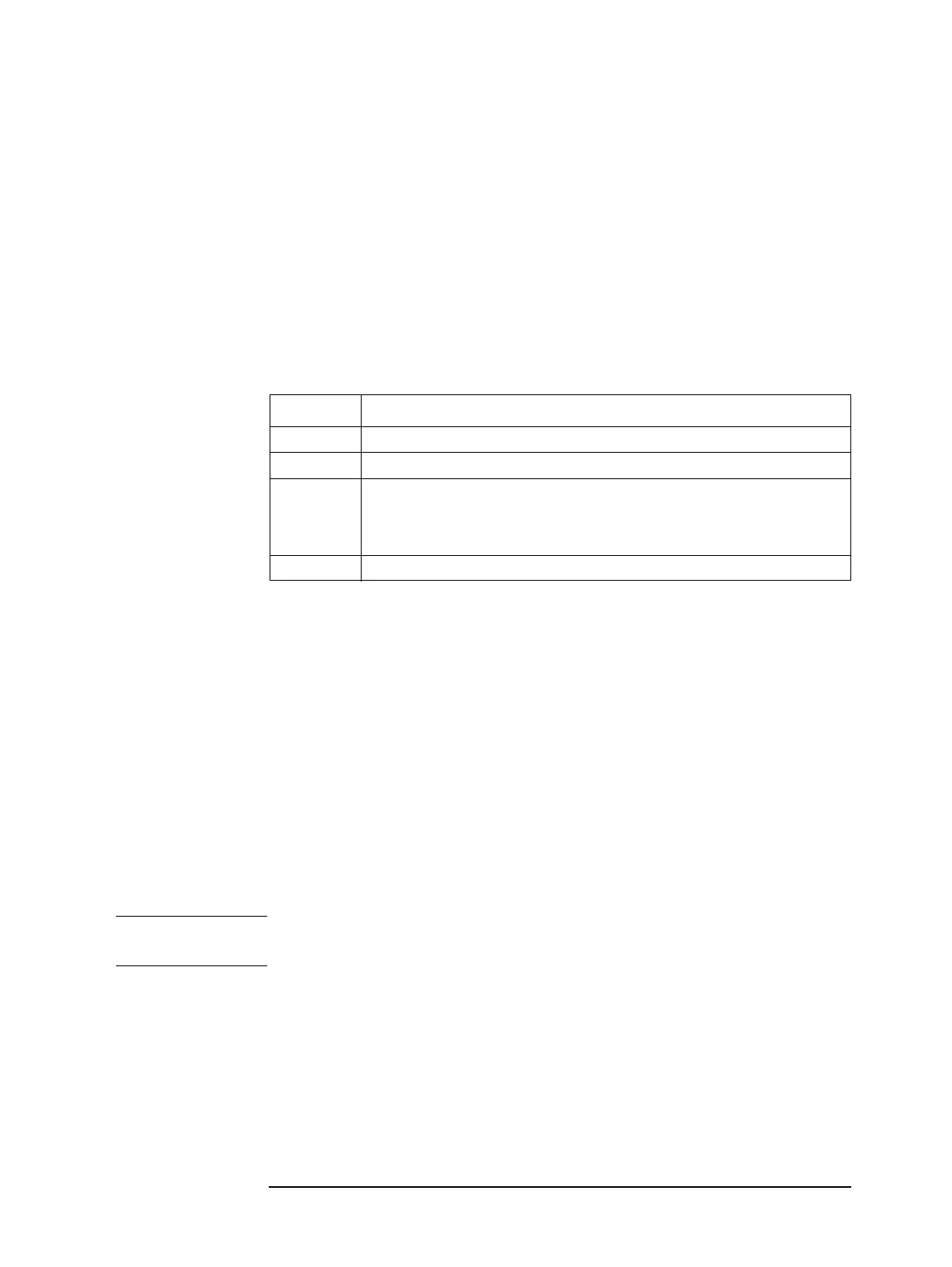